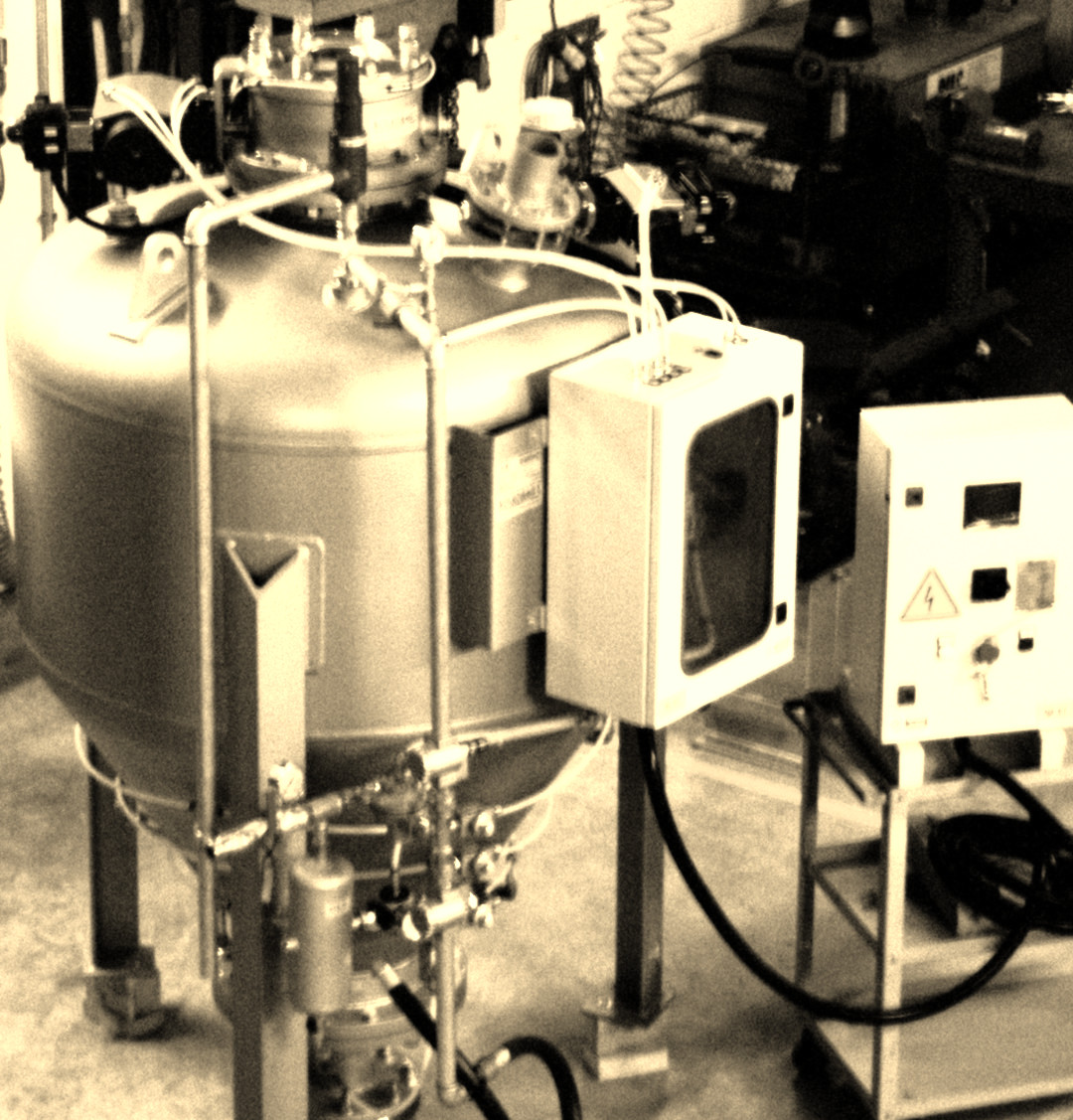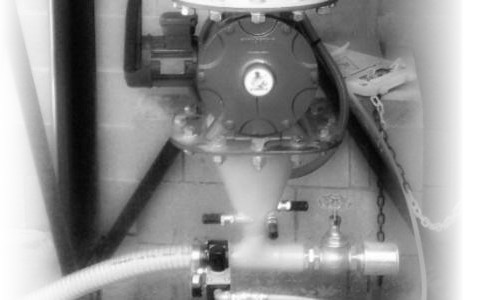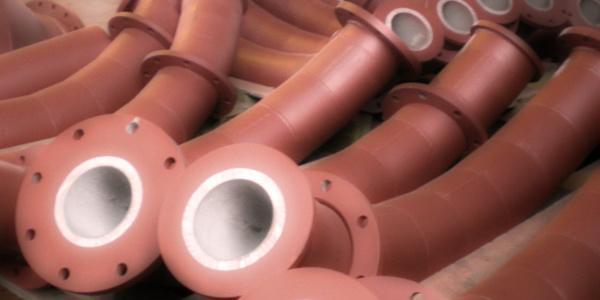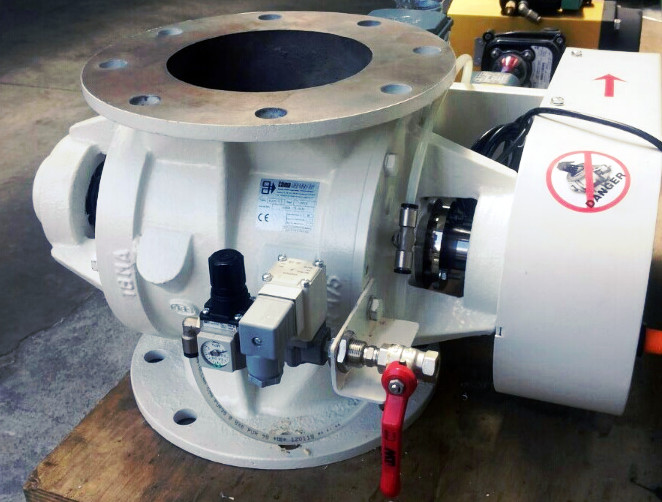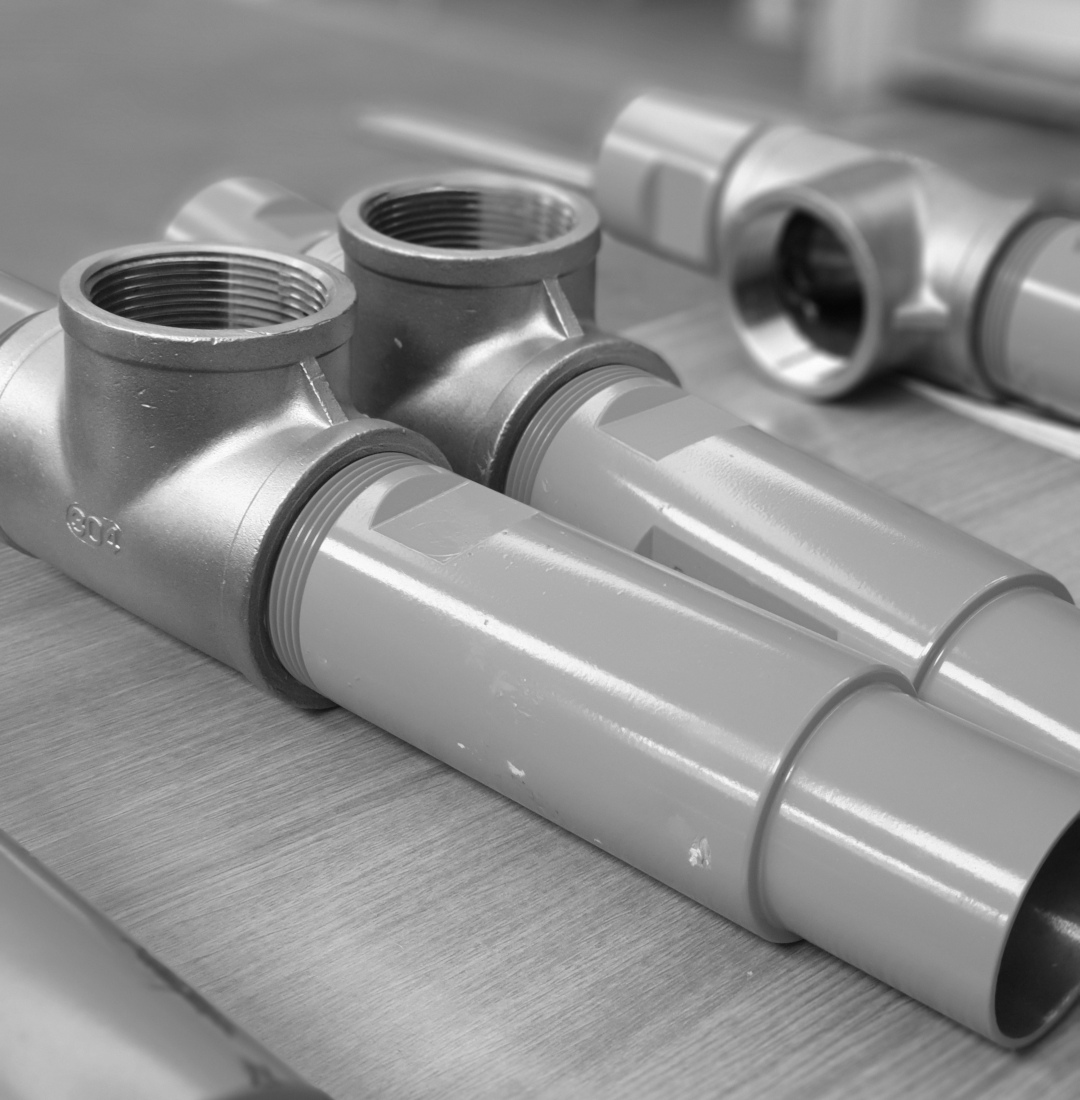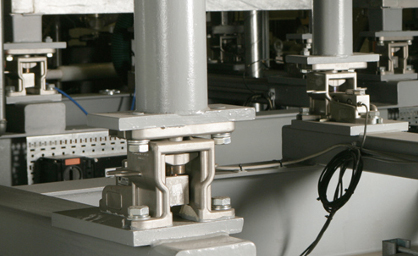Installations of the dilute phase pneumatic conveying under pressure or suction are often required when the need is of an injection or a conveying flow rates with small-medium by means of a system that has a relatively low cost, ease of installation and use, very little maintenance and without complex checks that require special skills. With these references, at Rosada ILS we faced the challenge of offering a compact solution that can be pre-assembled and tested in workshop before shipment.
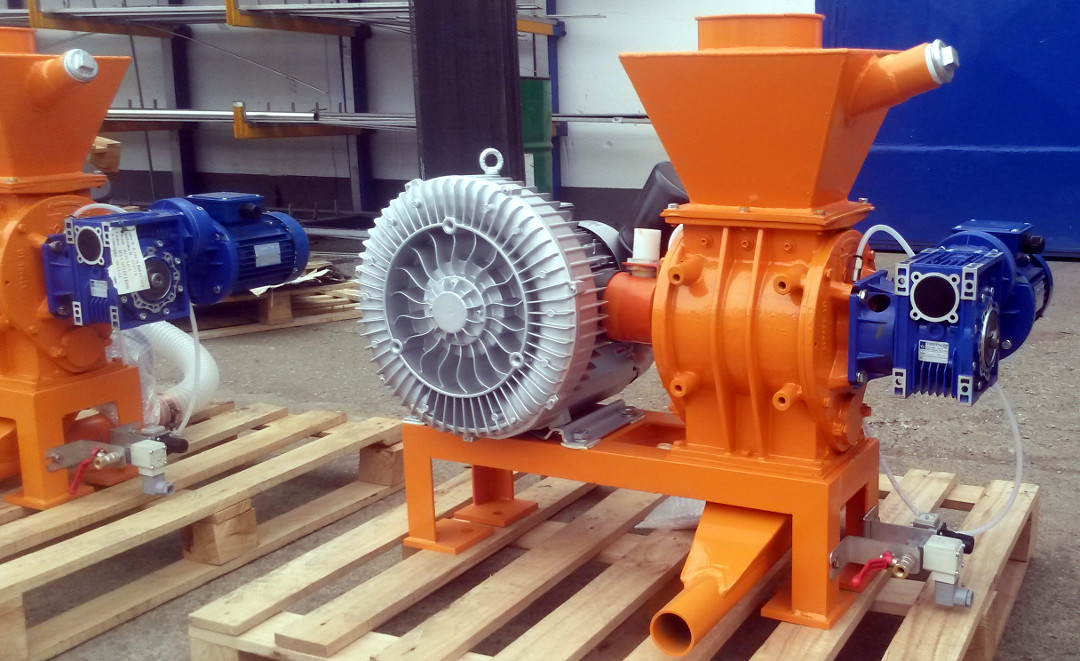
We were looking for an idea that would allow a quick installation, with a few simple steps. We wanted a simple logic of operation that could be monitored with a few tools and quick connections to a remote control room. We were looking for the idea for a cheap and reliable product.
But above all, as usual here, we wanted a design that would be a model of flexibility, able to be generated in several versions so you can not define it a product, but a design line that interprets the concept of dilute phase pneumatic conveying.
The result is J-PACK, a highly customizable package for your specific application, that can change the type of dilute phase, pressure or suction.
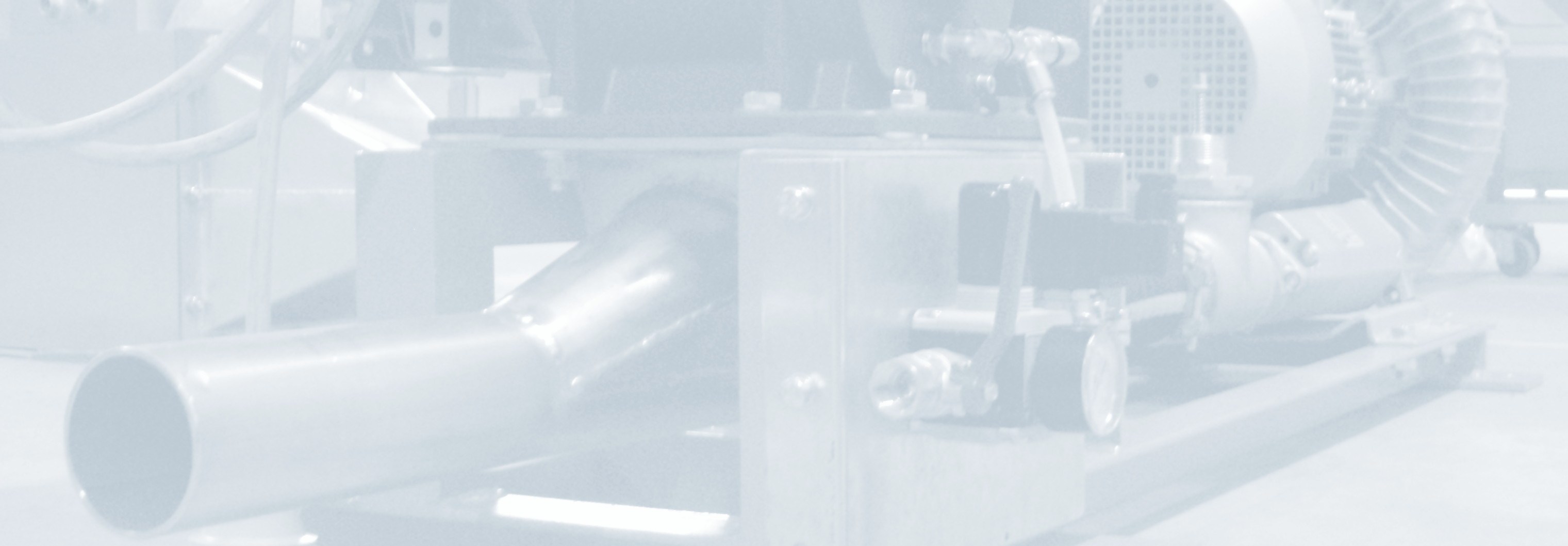
It is configured according to the size of the plant, as a function of operating parameters, the materials of construction most suitable to the product, the environmental conditions and process, such as relative humidity and ambient, temperature, the product mix, and others.
J-PACK is not a single product, in the sense that there is no specific data sheet, a table of parameters that define a flow rate and pressure. Rather it is a philosophy of design and manufacturing, with which our technicians at arrive optimal solution for the customer: whether use a blower or a compressor or a fan, whether to treat the conveying fluid because it is too hot or too cold or moist, whether prefer the dilute phase with medium or low pressure, whether to use rotary valves or Venturi eductors, whether to receive the material by gravity or control the flow rate with a micro doser and so on.
Whatever the choice of the process to be realized, the J-PACK obtained result is a compact system, with an electro-pneumatic panel to be connected to the remote control system. You just have to put according to the layout, making connections of conveying pipeline, utilities and the signals and finally start it.
In three quick steps, J-PACK is ready to perform pneumatic conveying of the product, with an adjustable functioning, remotely controllable, reliable over time, easy and quick maintenance.
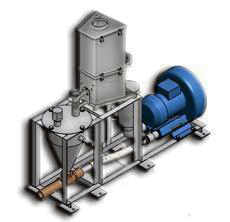
We do not define a precise number of J-PACK models. This features the extreme versatility of the model, upon which you can design a pneumatic conveying with different characteristics of energy balance, optimized for each process and application.
In general, we can say that the system is used to make dilute phase pneumatic conveying. It may provide various types of feeding, such as a screw feeder or a micro doser, or an exhaust system with seal as a rotary valve or a double flap valve with spherical dome valve Dome-RILS with inflatable seal.
These systems can be equipped with level gauges for the purpose of controlling the flow of material, such as an inverter or continuous gravimetric systems on load cells, to manage the flow rate adjustment by weight control.
The discharge of material takes place through a transition, usually it is a hopper of more or less small volume. It can be equipped with level and high pressure switches or meters as well as an outlet vent in order to channel the possible leakage of fluid or a small filter cleaning.
The pneumatic conveying can be set by rotary valves of suitable characteristics, by a Venturi eductor standard or in-line, powered by compressors or blowers, or more simply by an attack to the compressed air network.
To dose or transfer activated carbon volatile powders, J-PACK is your package
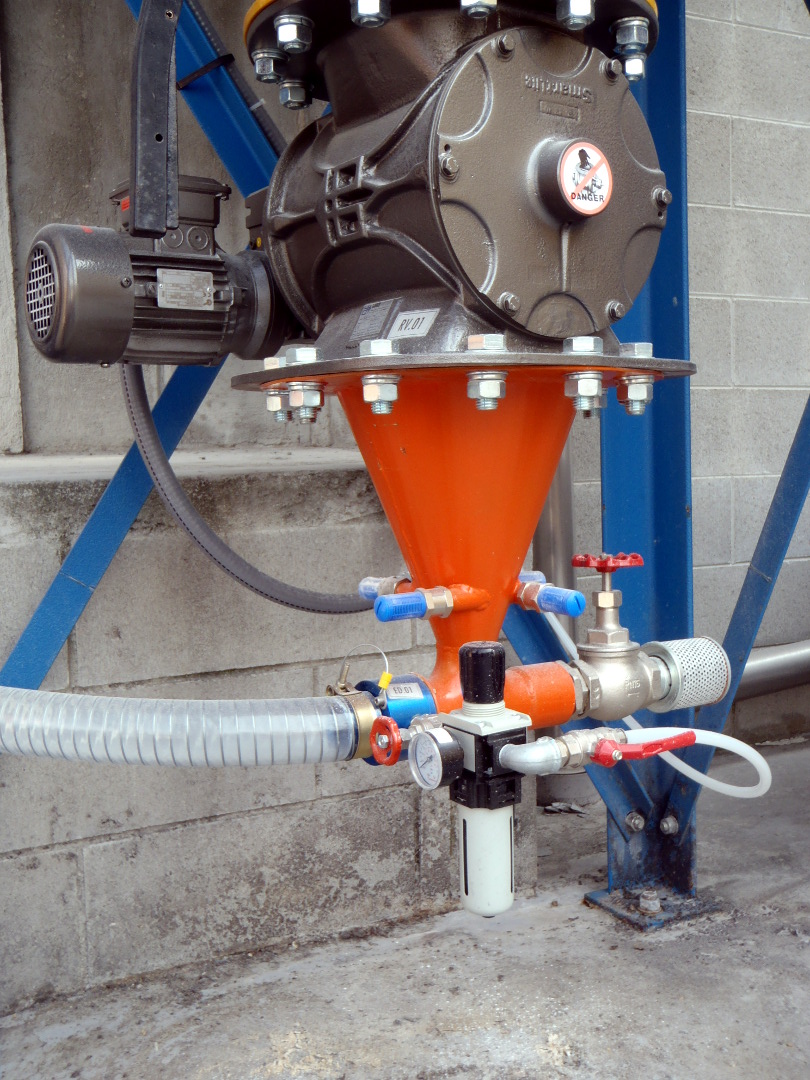
The most traditional application of the J-PACK is a continuous pneumatic conveying system. This solution is generally suitable for the transport of dust materials, even very volatile, as well as granules or flakes.
Among the most used applications are all transfer systems for powders and granules, for example feeding polymeric granules and additives to the extruders or to systems dosing to the extruders, the extraction systems for extracting coming from mills, crushers and granulators as well as the transfer of fly ash coming from combustion of coal or biomass into storage bins or intermediate hoppers. You may have transfer systems of hydrated lime or activated carbon and other reagents, stored in appropriate silos and then to be used in the treatment of flue gas or water. Transfer applications for dilute phase pneumatic conveying systems are also proposed in the food and pharmaceutical industries. We mention for example the loading dosers of powders of milk, starches, flours and milling flours and other ingredients, as well as to transfer the charge of dosed powder, reagents and additives to the reactors.
Another wide variety of treatments is that of the fluid injection systems, that have the purpose of bringing dosed and punctually controlled small quantities of material toward a treatment process. Very common are the feeding systems of hydrated lime into the flue gas ducts, in order to reduce emissions of the chimney, classified as noxious. Other solutions are injection systems of carbonates or activated carbon for the treatment of air or water, for example to accelator or dissolvers. Other systems are proposed in pharmaceuticals and chemicals, including the installations for the addition of powders and granules or the charge of ingredients in reactors or furnaces. While in the food we propose pneumatic injection systems of micro quantities of powdered ingredients, such as vitamins, sugars and other systems and, more, the additivation systems.








